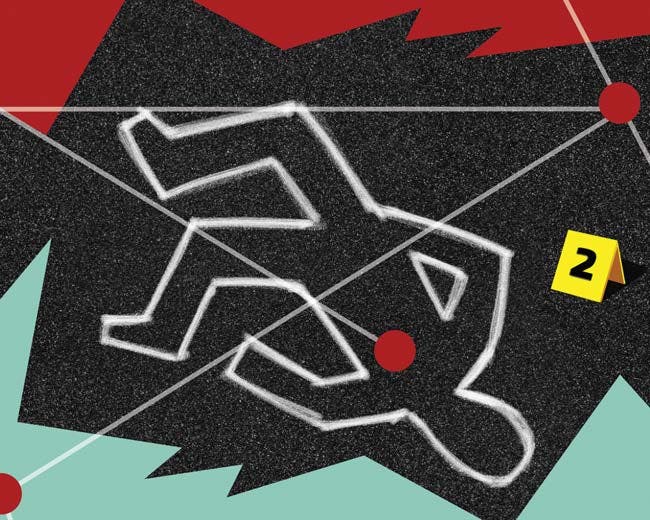Photography
Rogues’ Galleries
In the decades following the invention of photography in the 1830s, police departments began using photographs as a means to identify criminals. Law enforcement agencies in large cities created files of thousands of portraits that became known as “rogues’ galleries.” The photographic collections lacked standardization and suspects would often try to disguise their faces. The objectivity of photographs was never questioned by the police. “The very cleverest hands at preparing a false physiognomy for the camera have made their grimaces in vain,” noted New York City police detective Thomas Brynes in his 1886 book on criminals. The value of a rogues’ gallery is in the details, he argued. A skilled detective looks for a distinguishing mark of a suspect. “It did not matter much what disguise he assumed. That feature would remain a tell-tale.”

